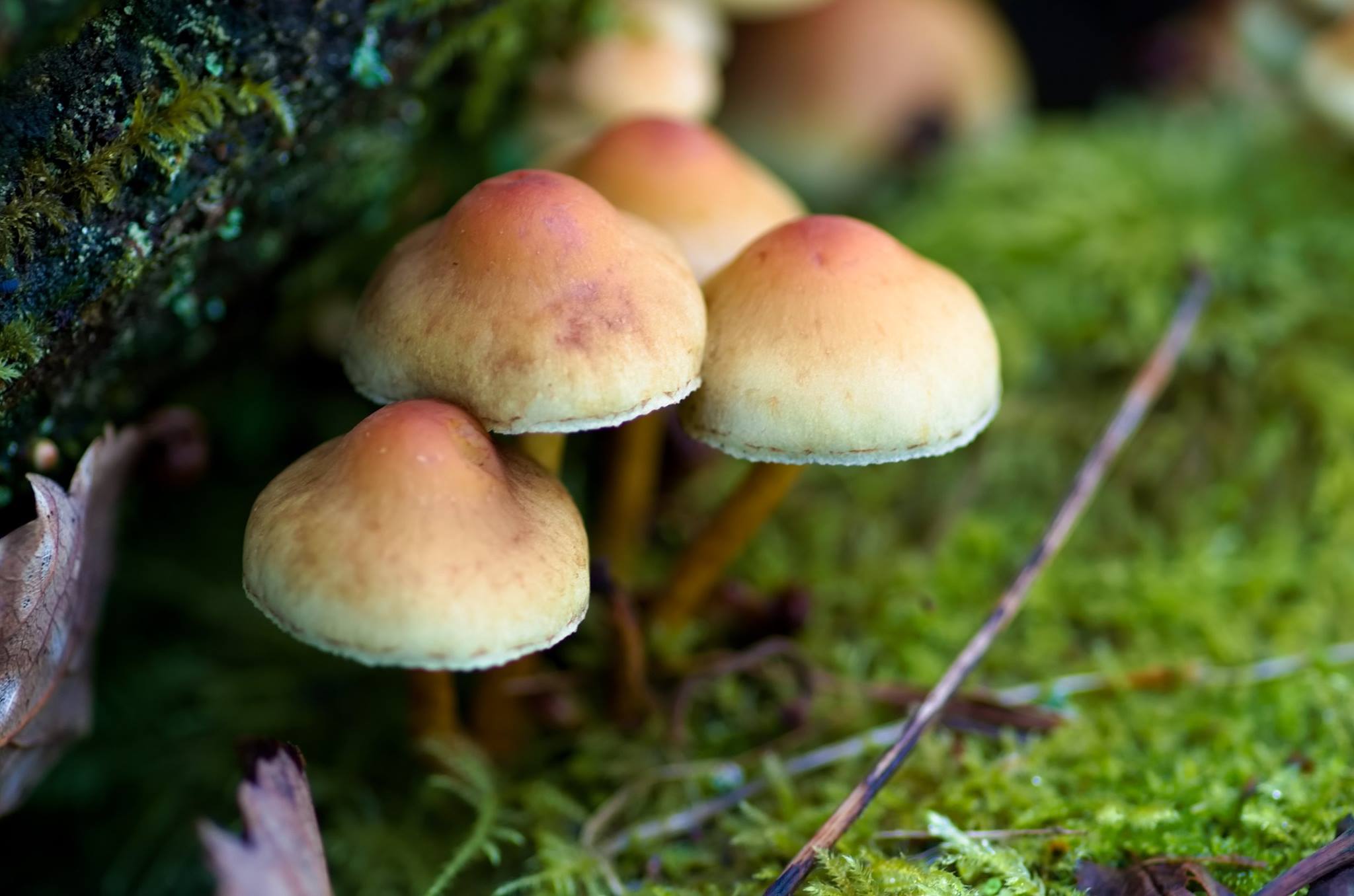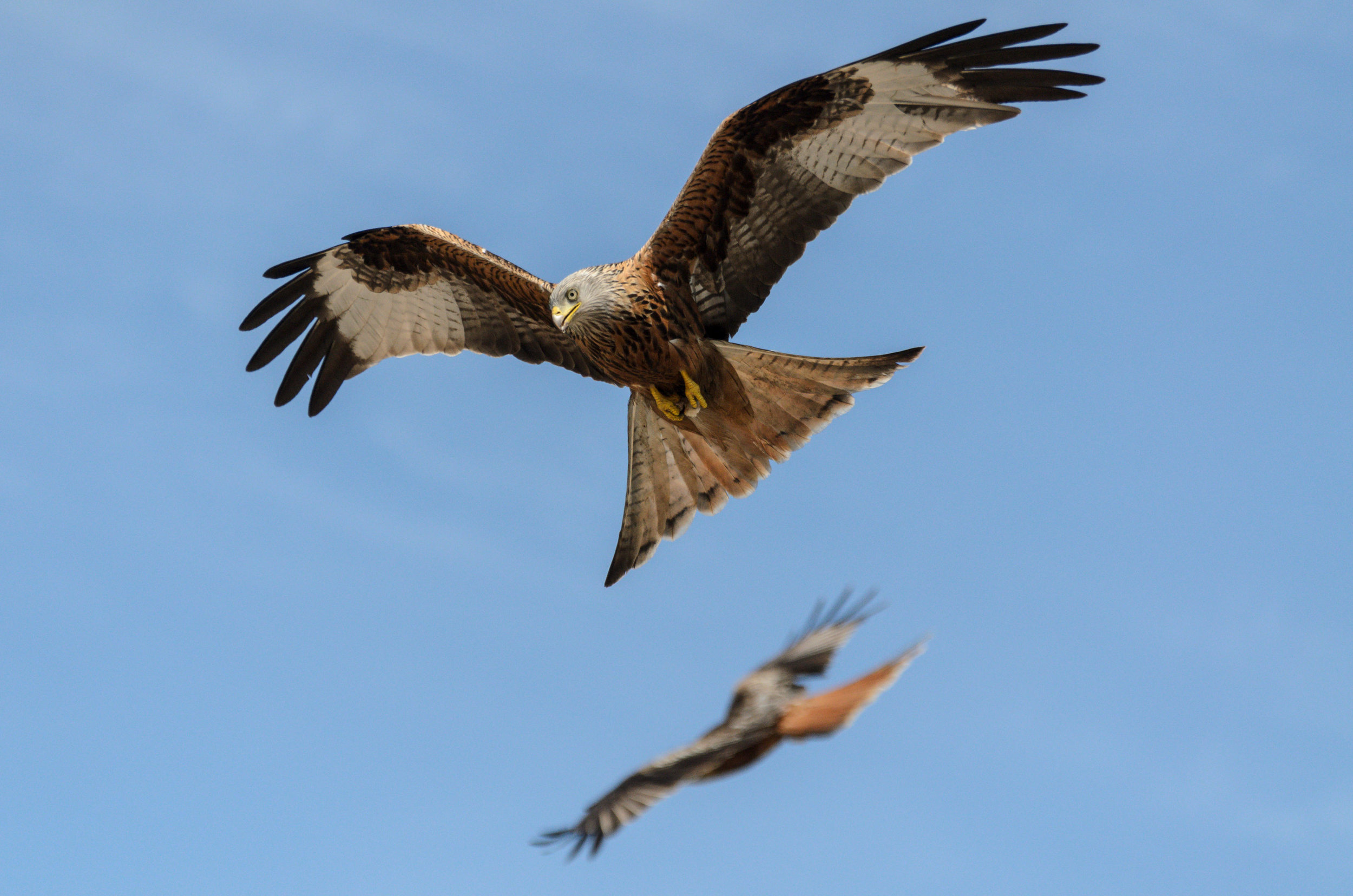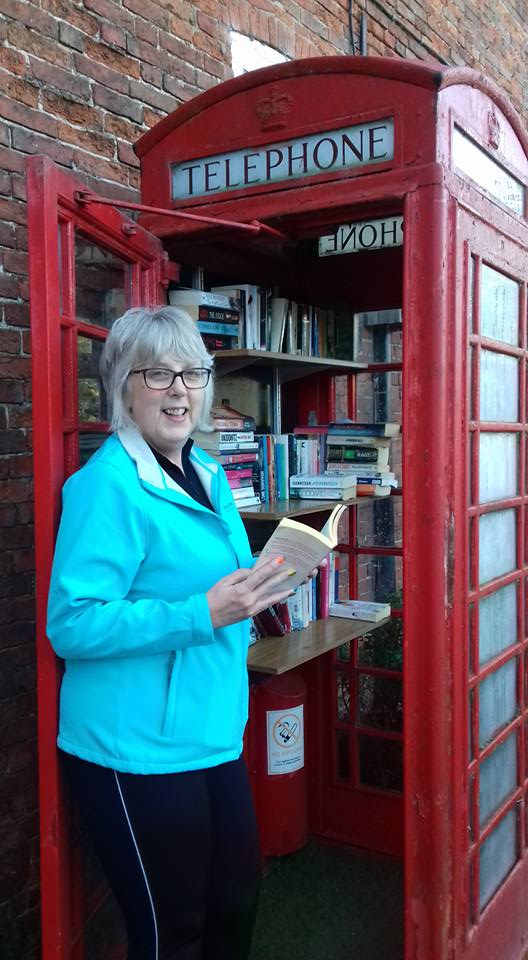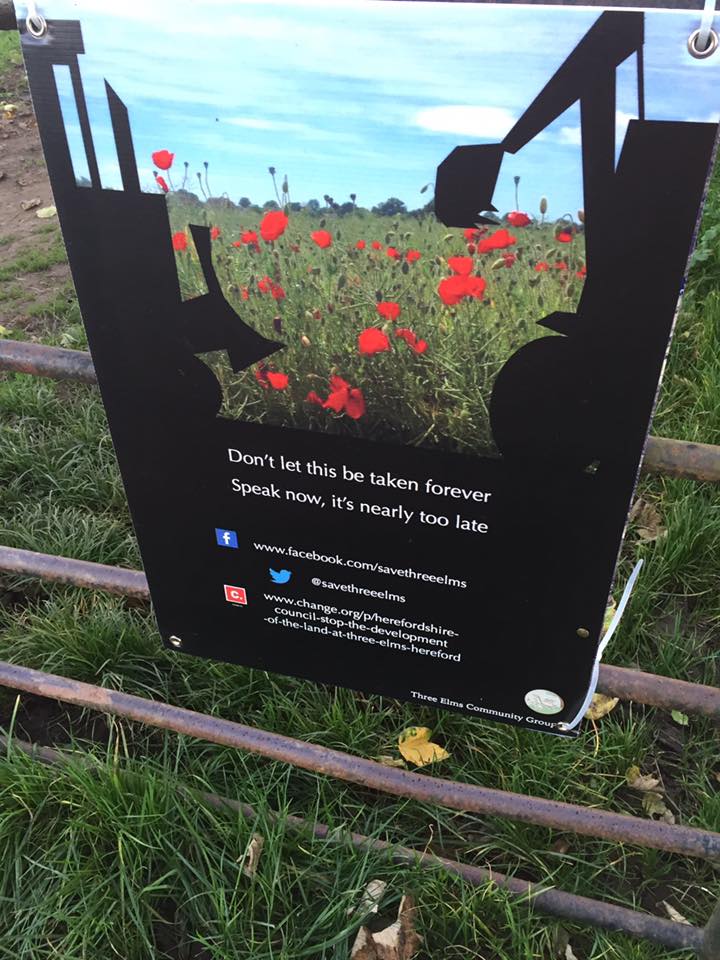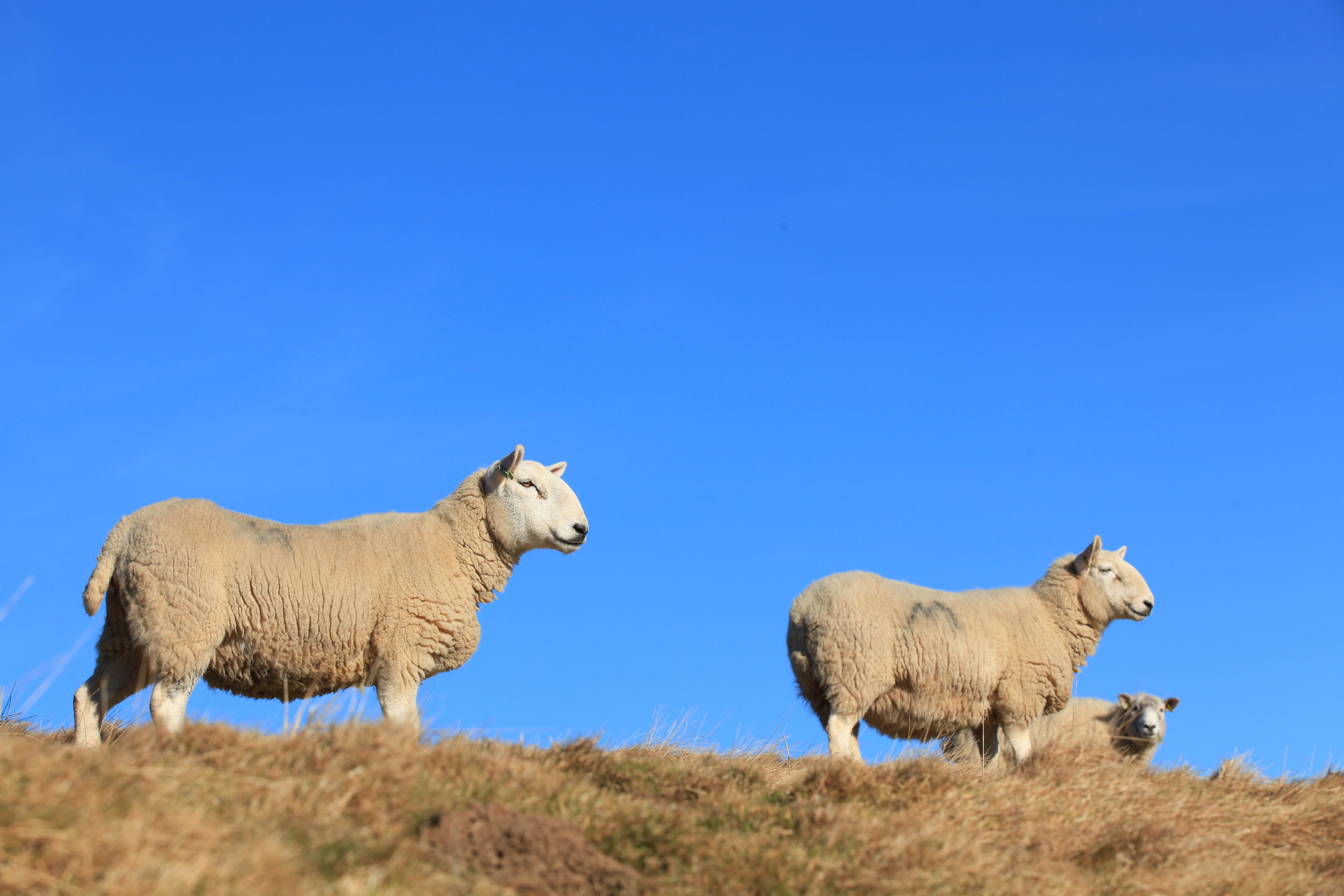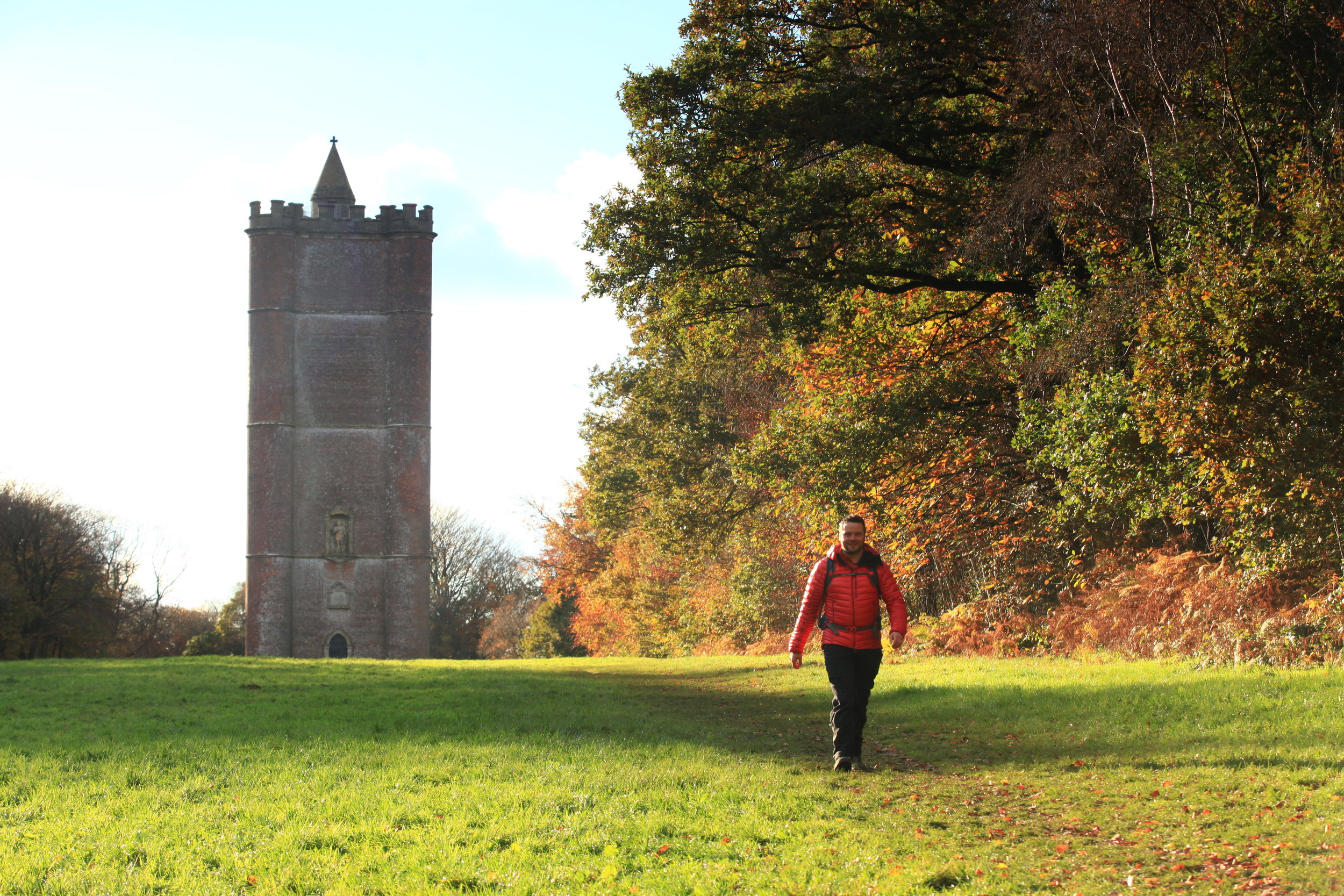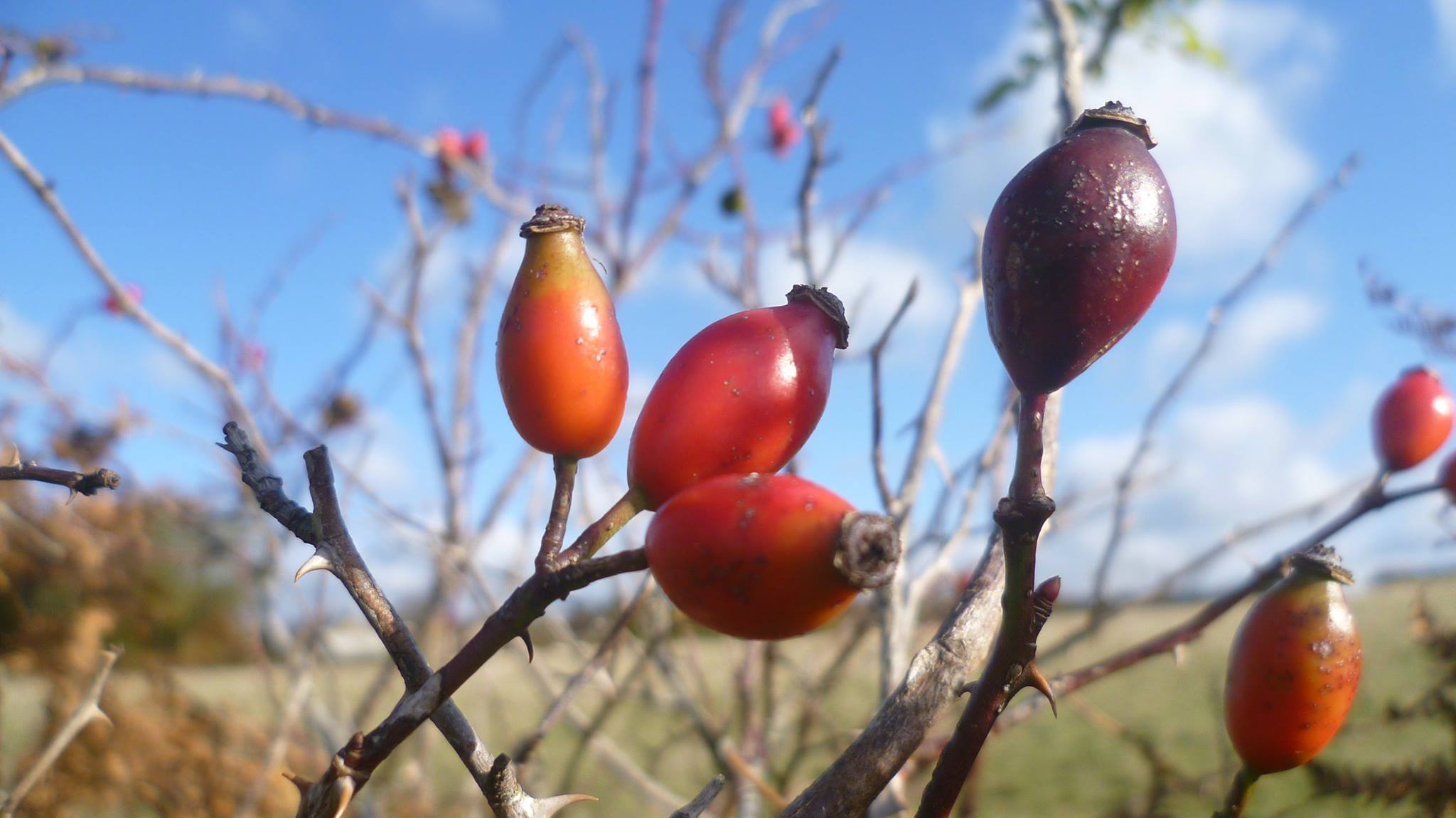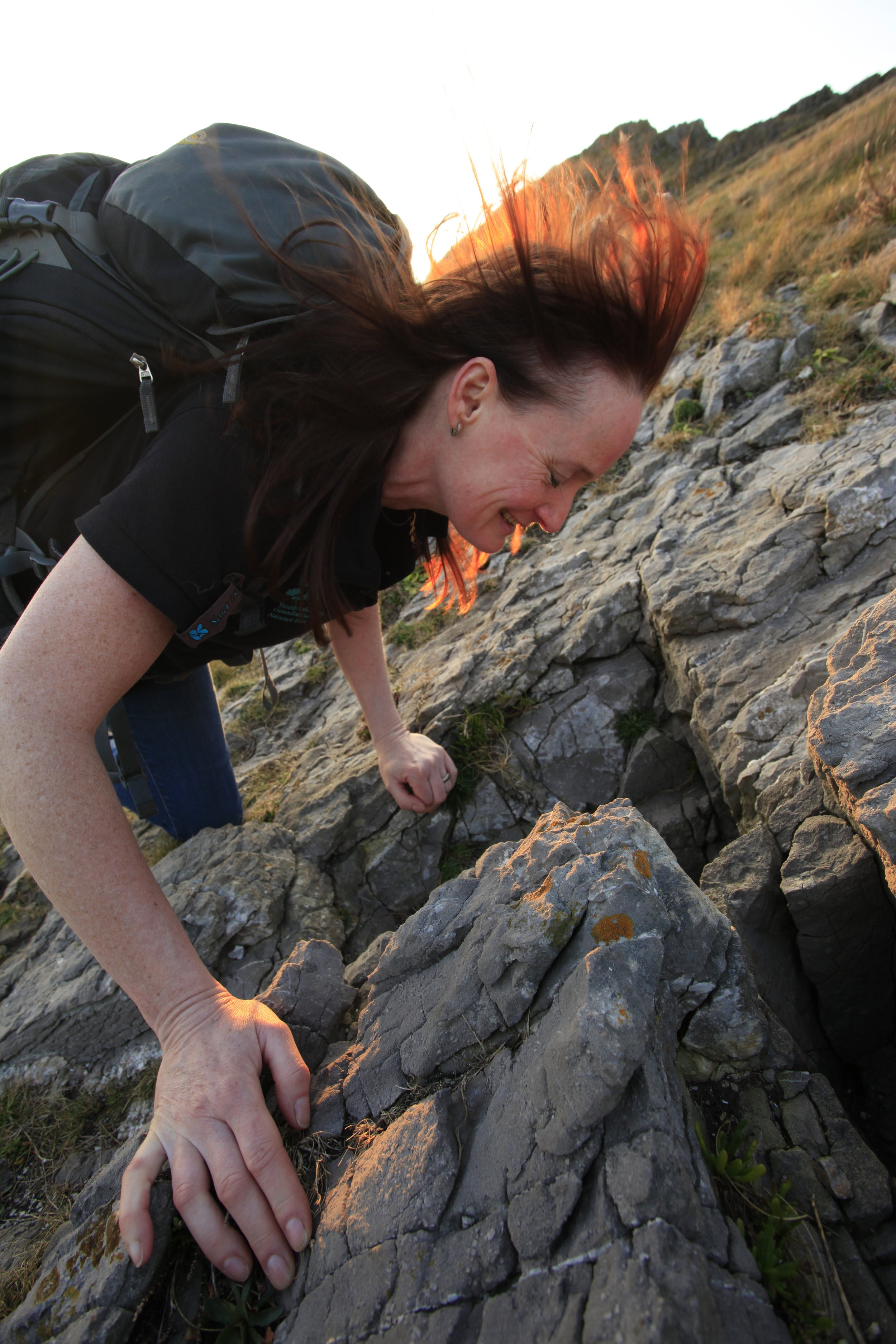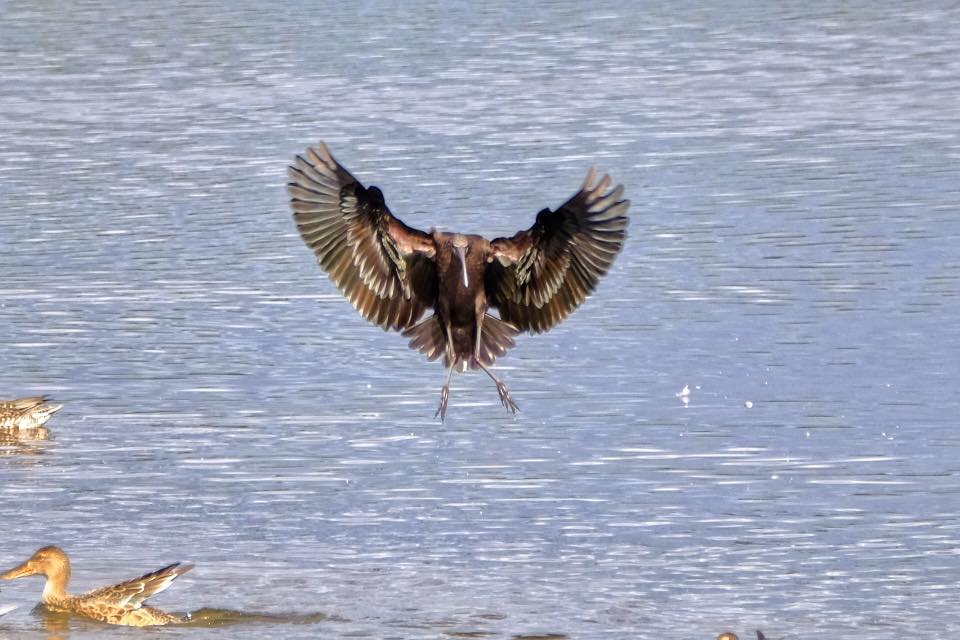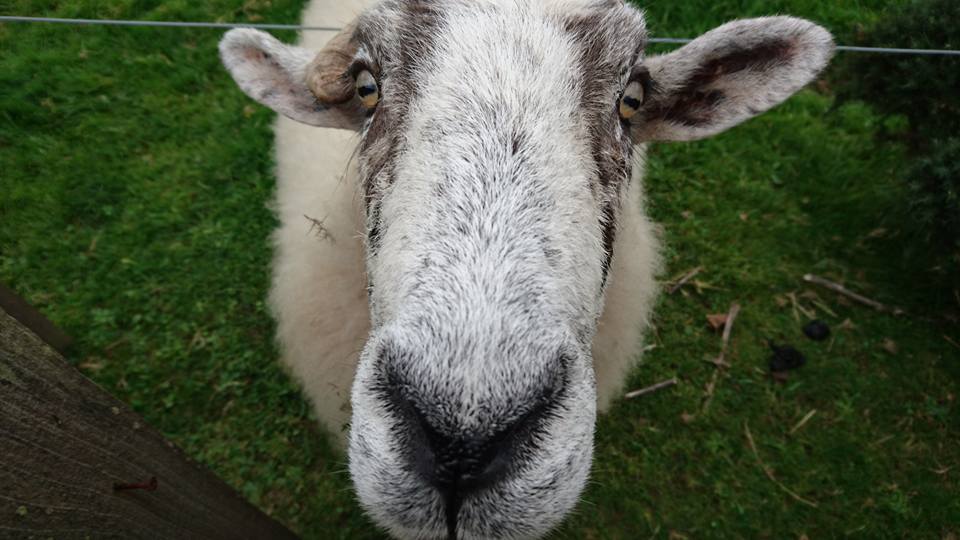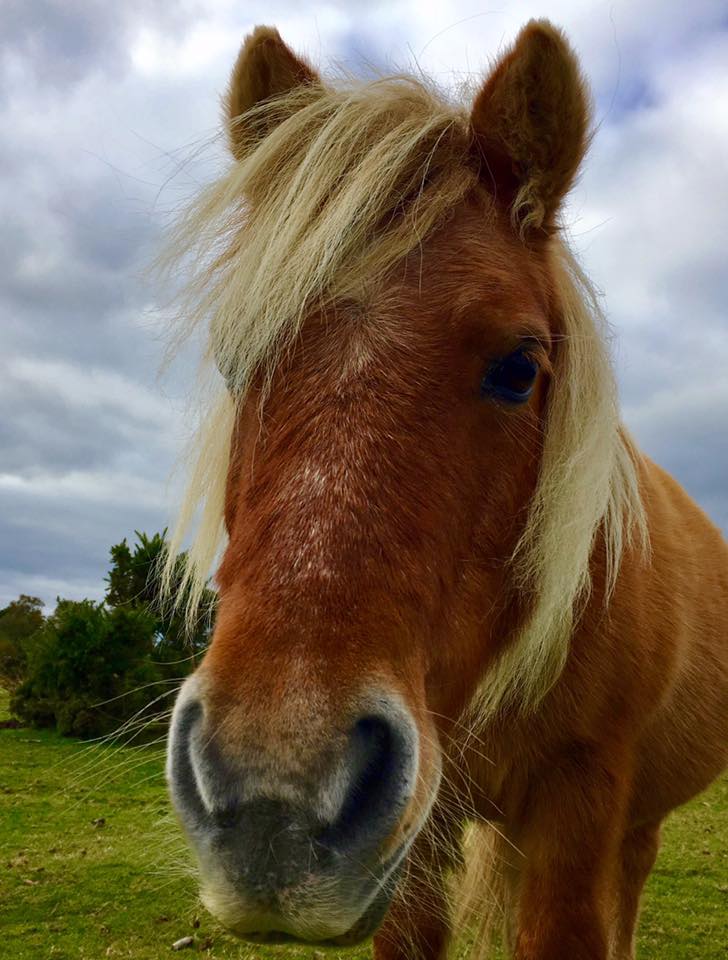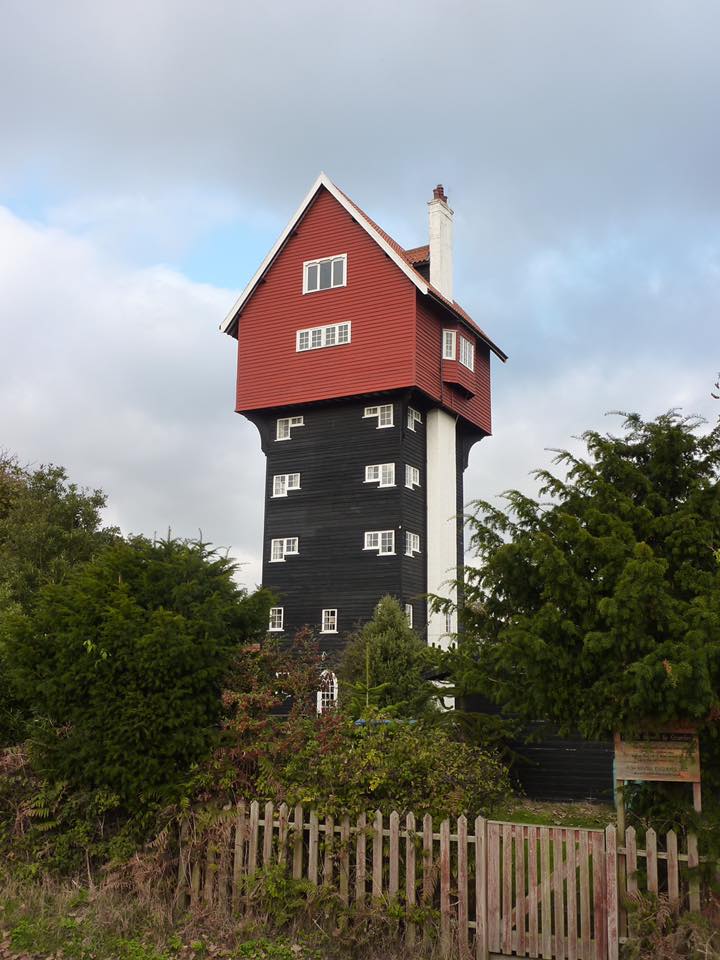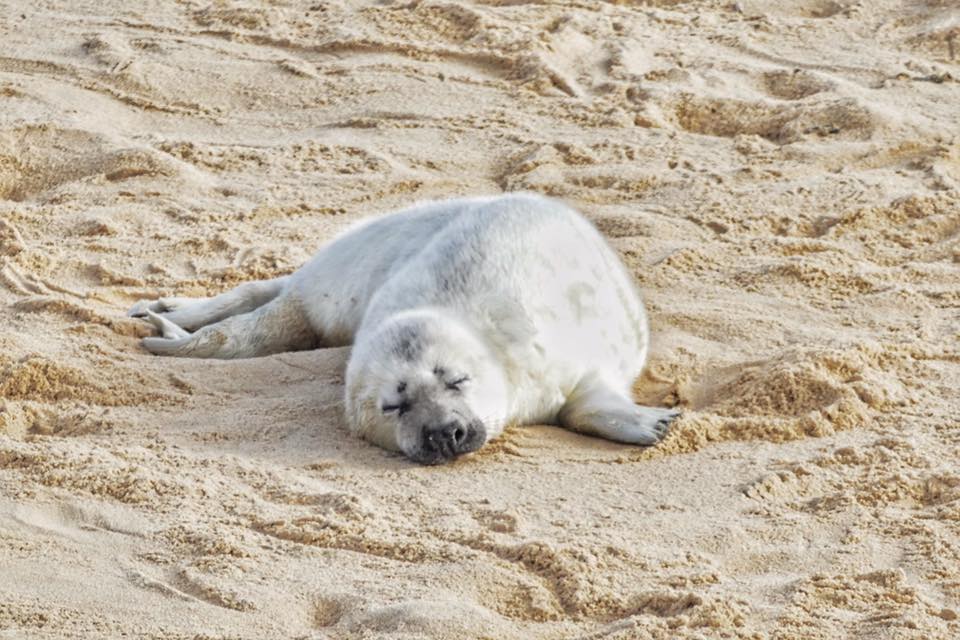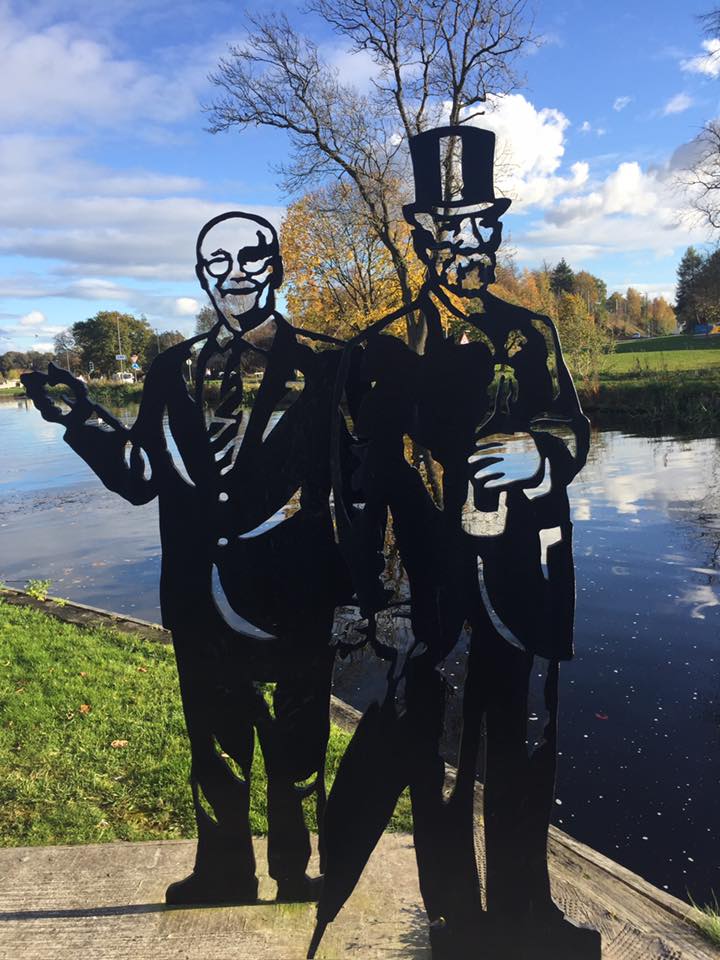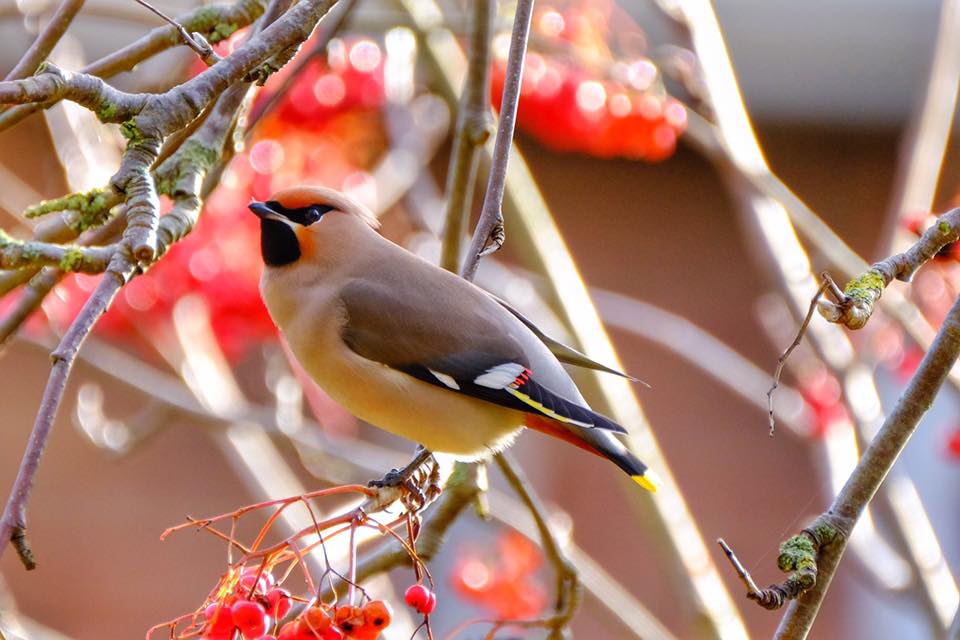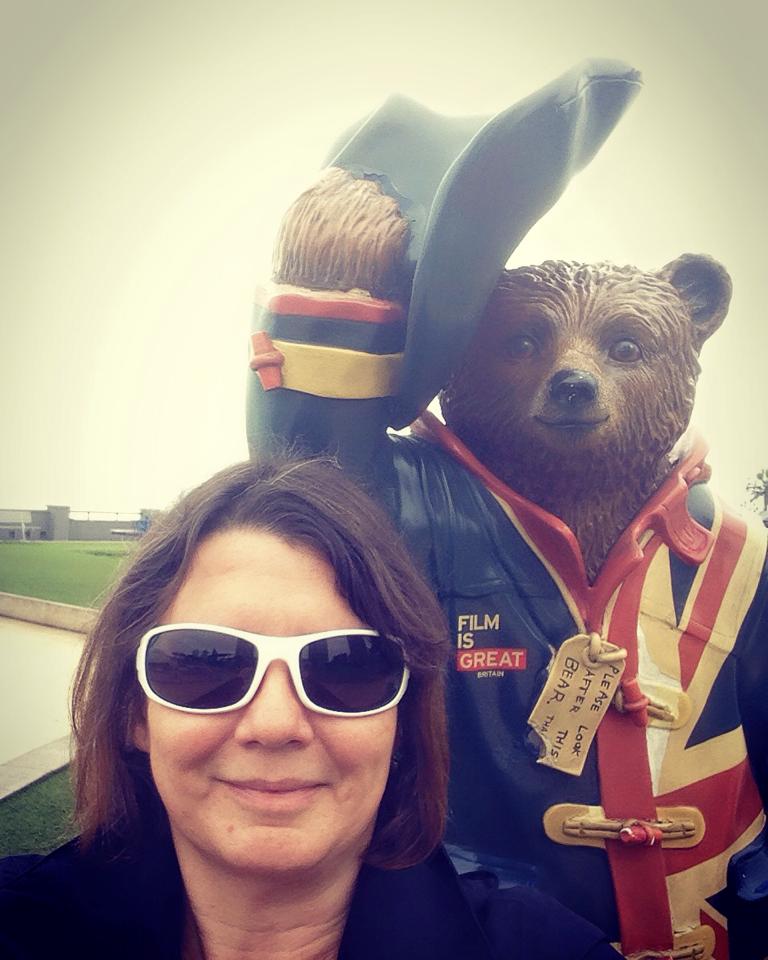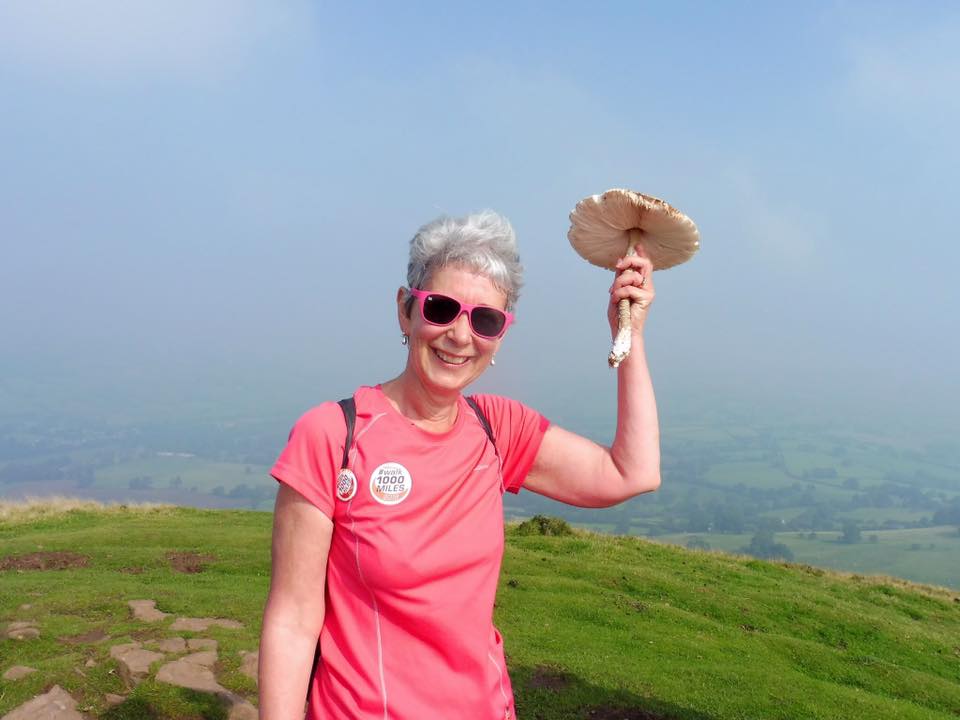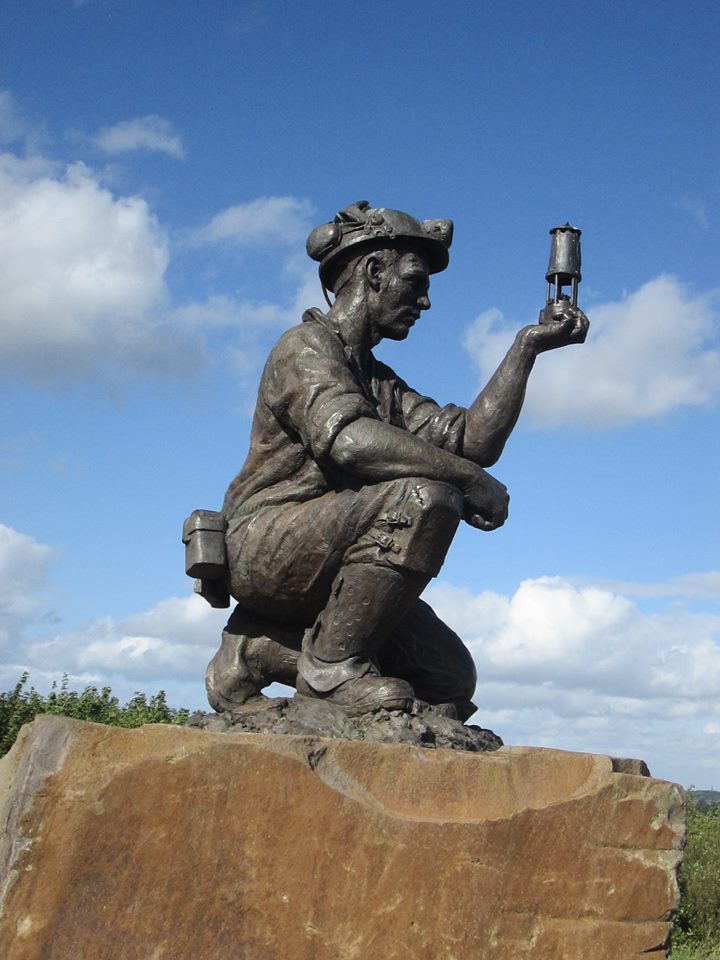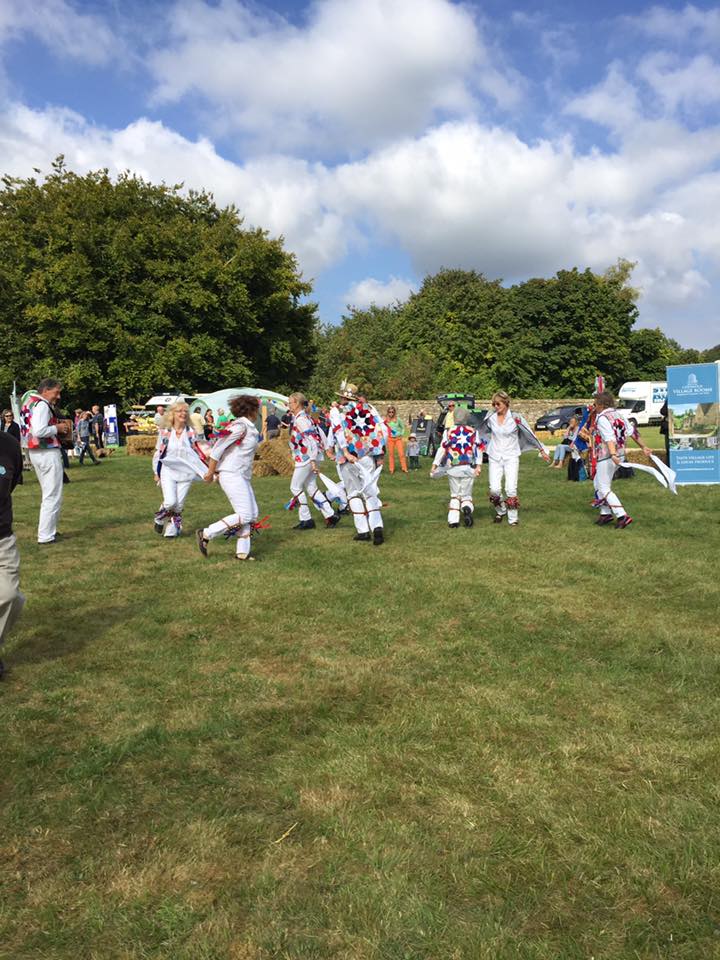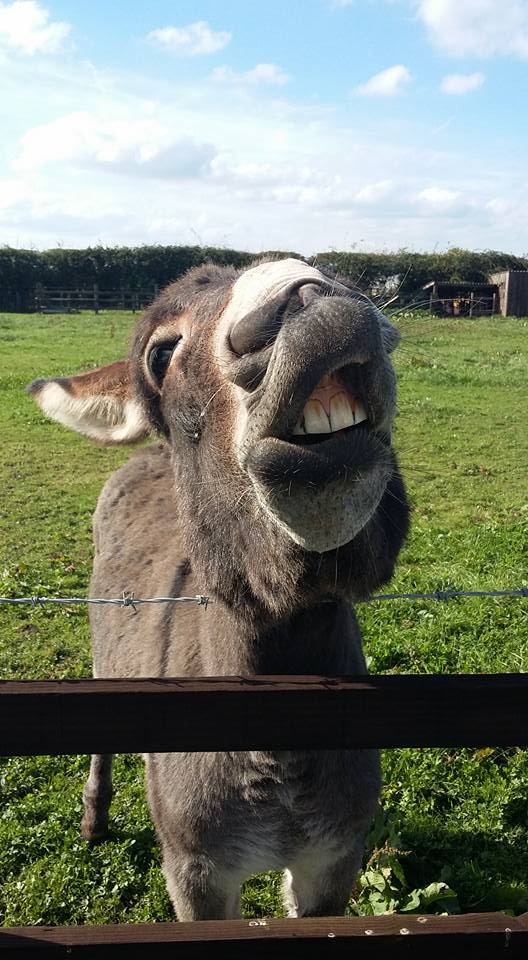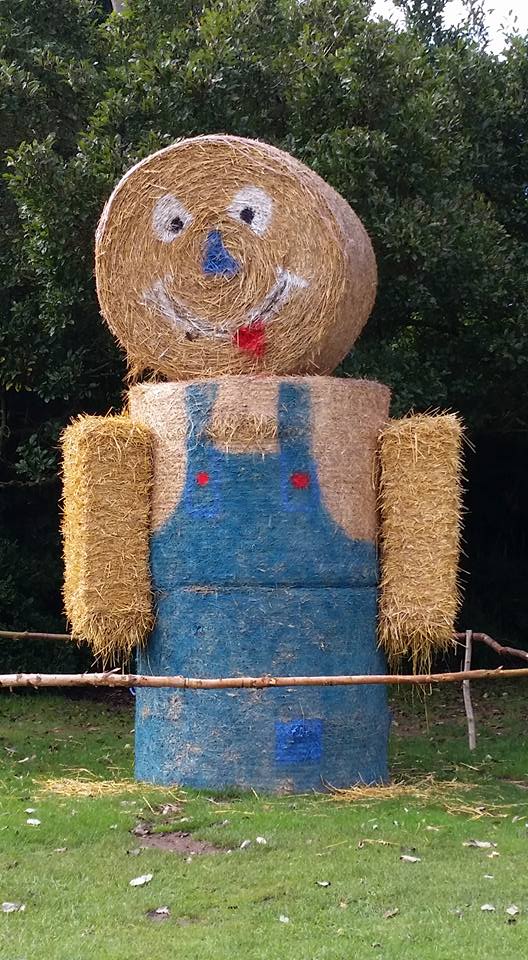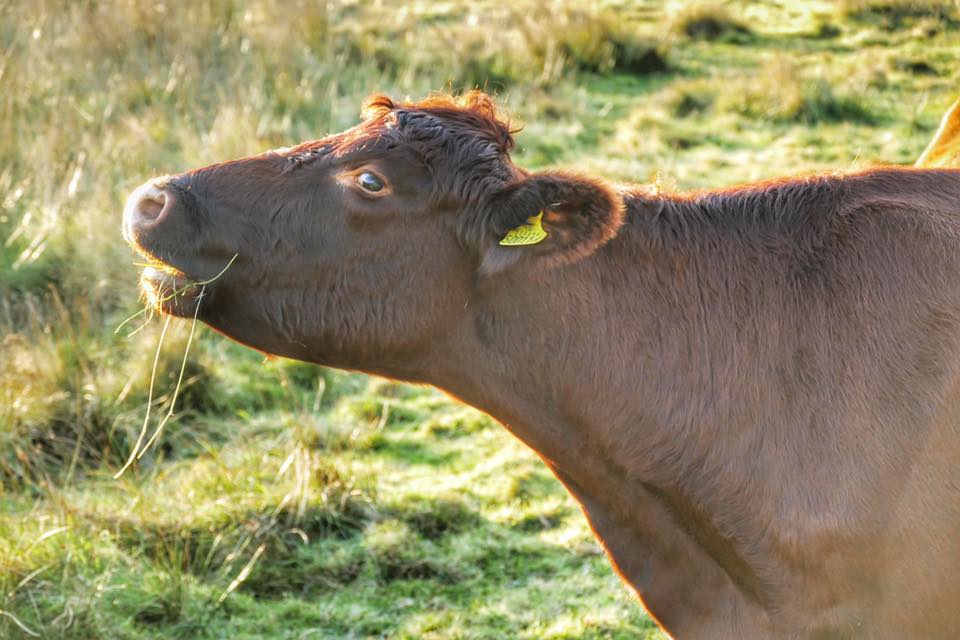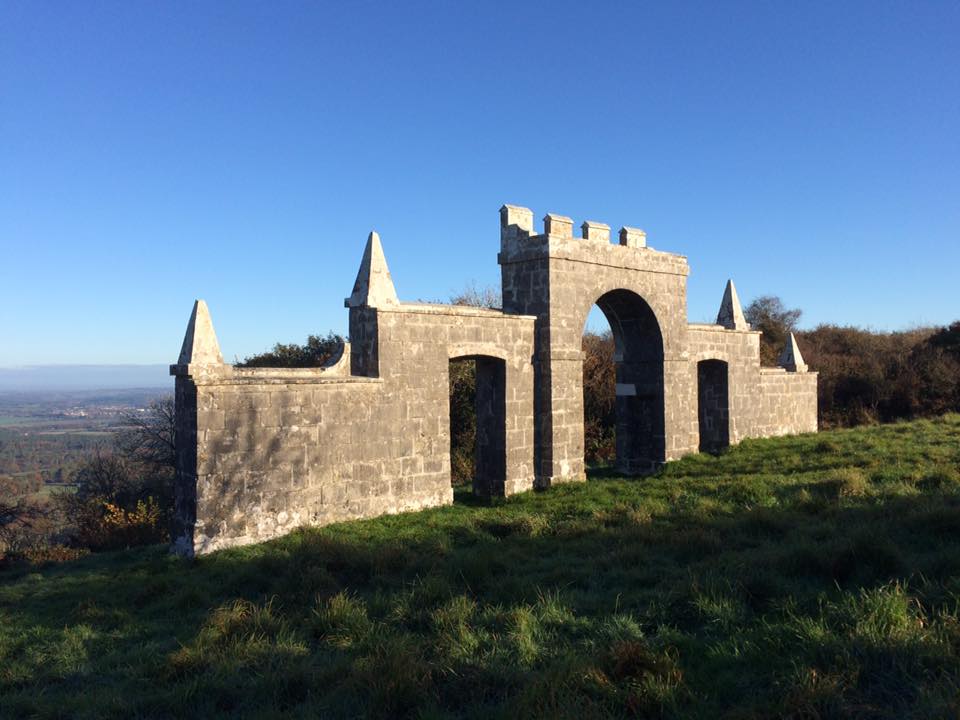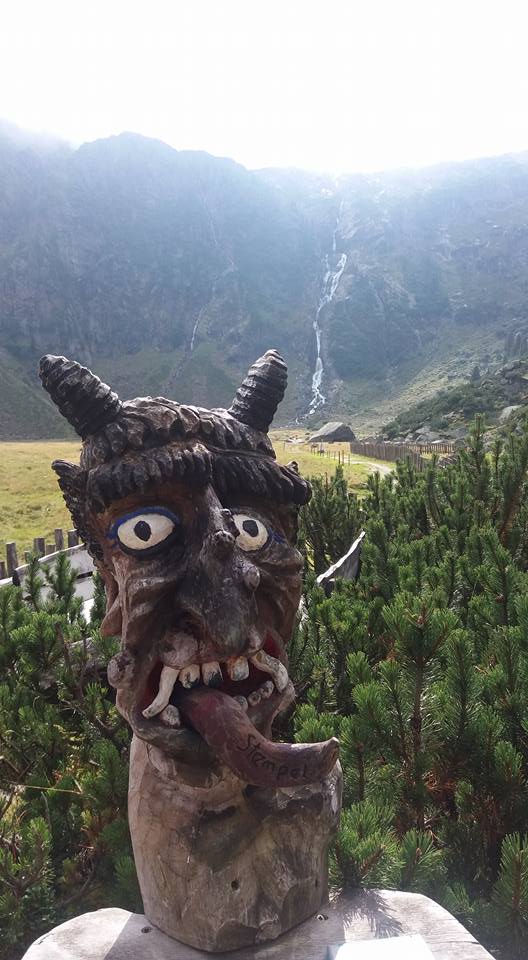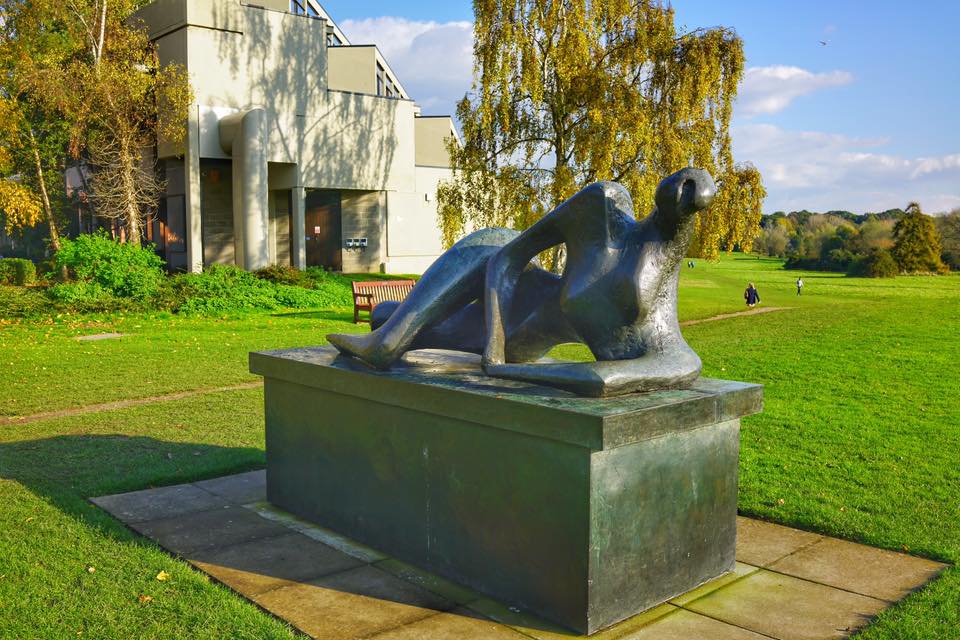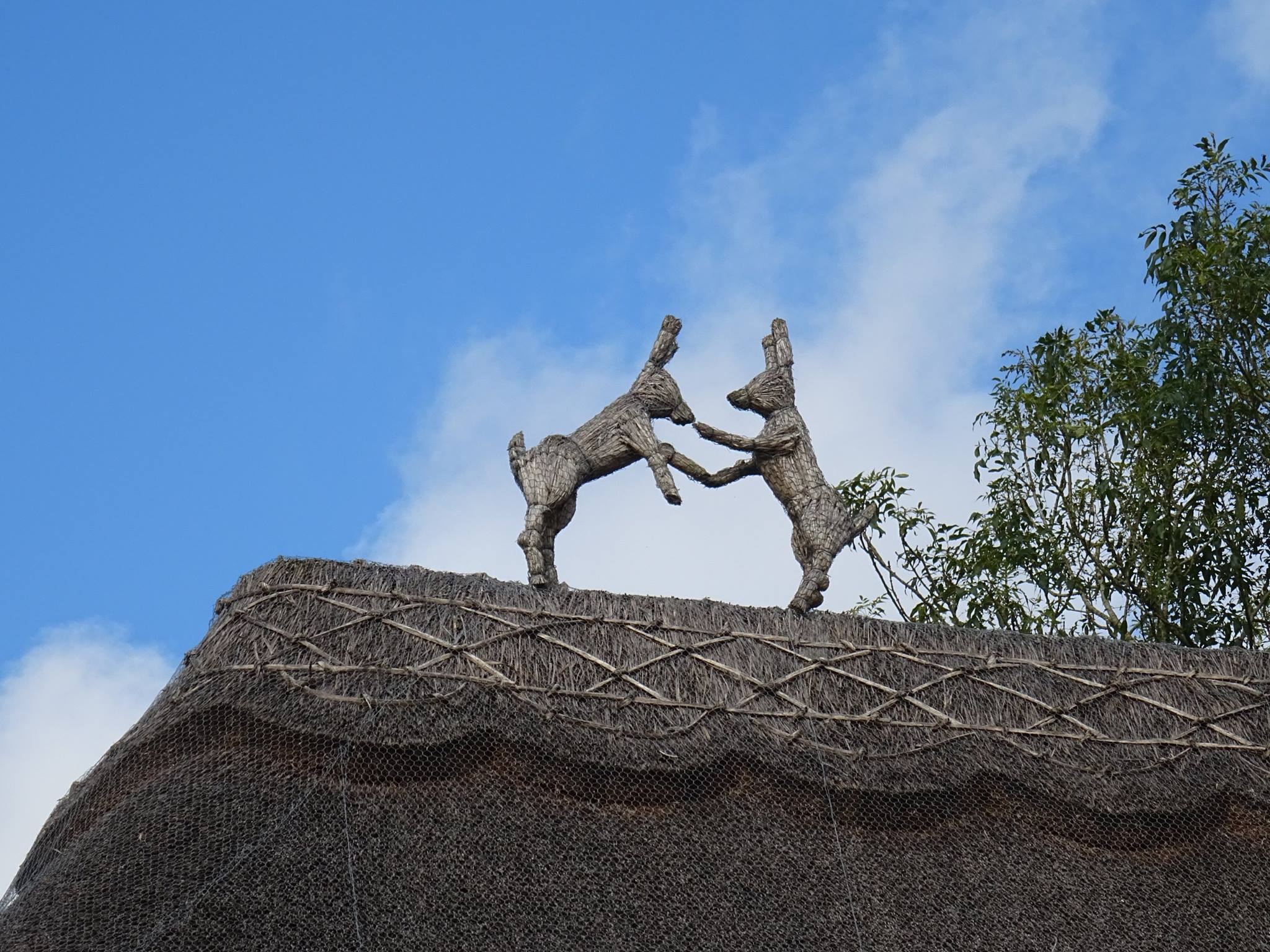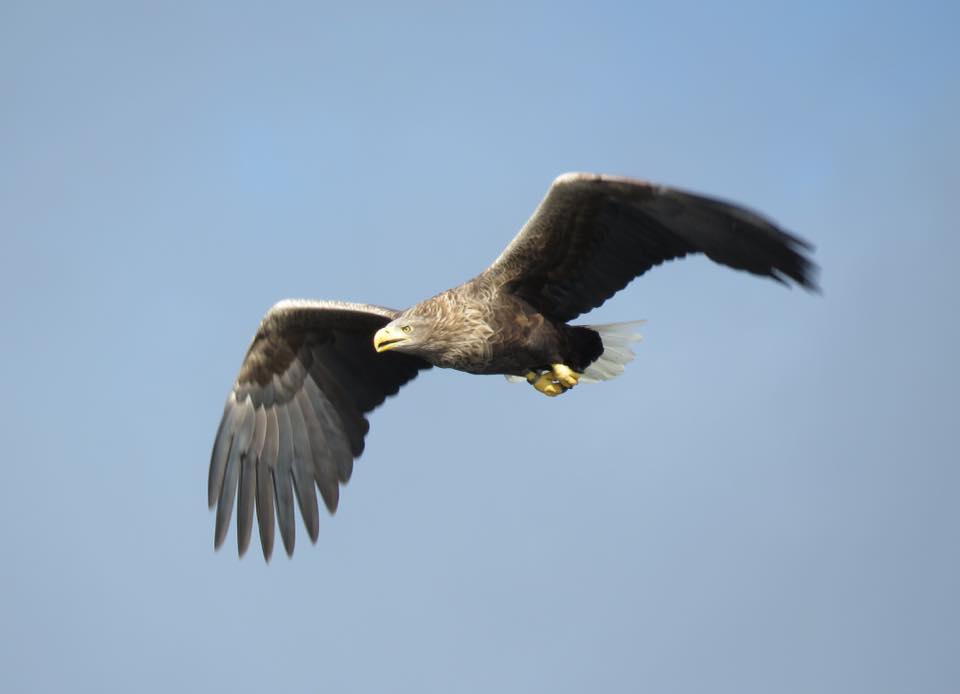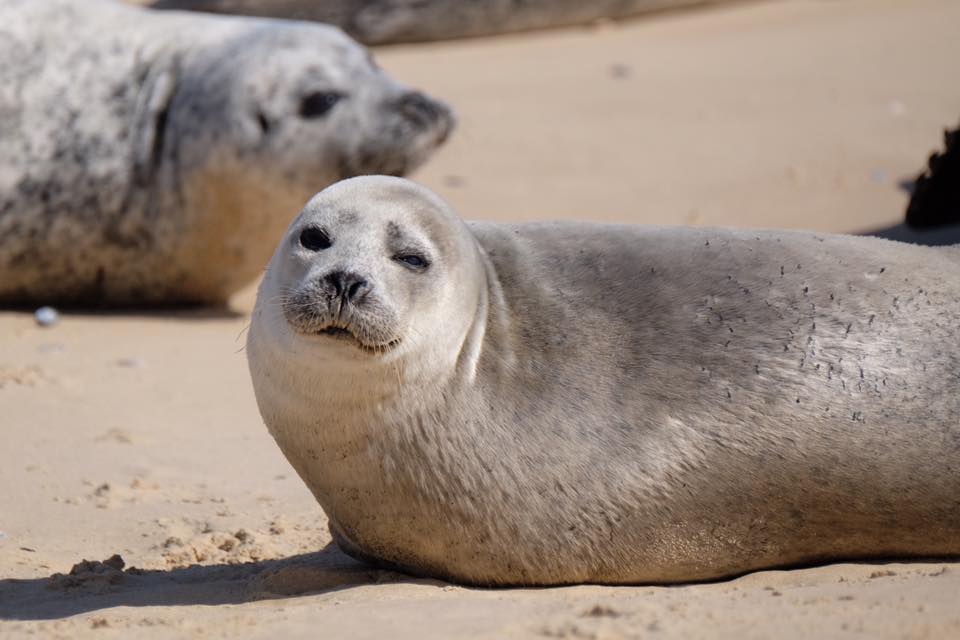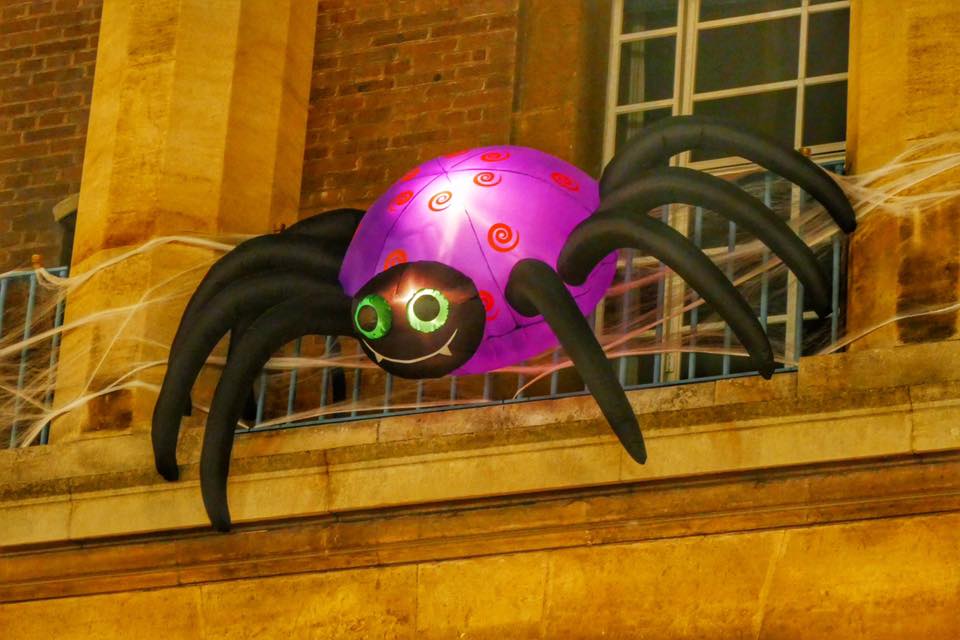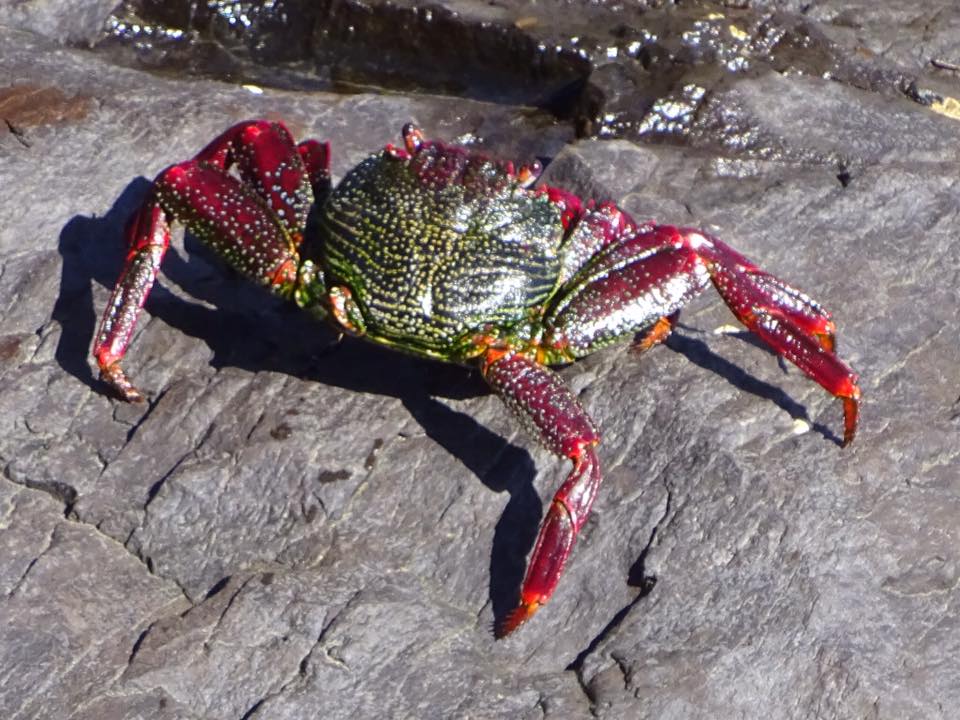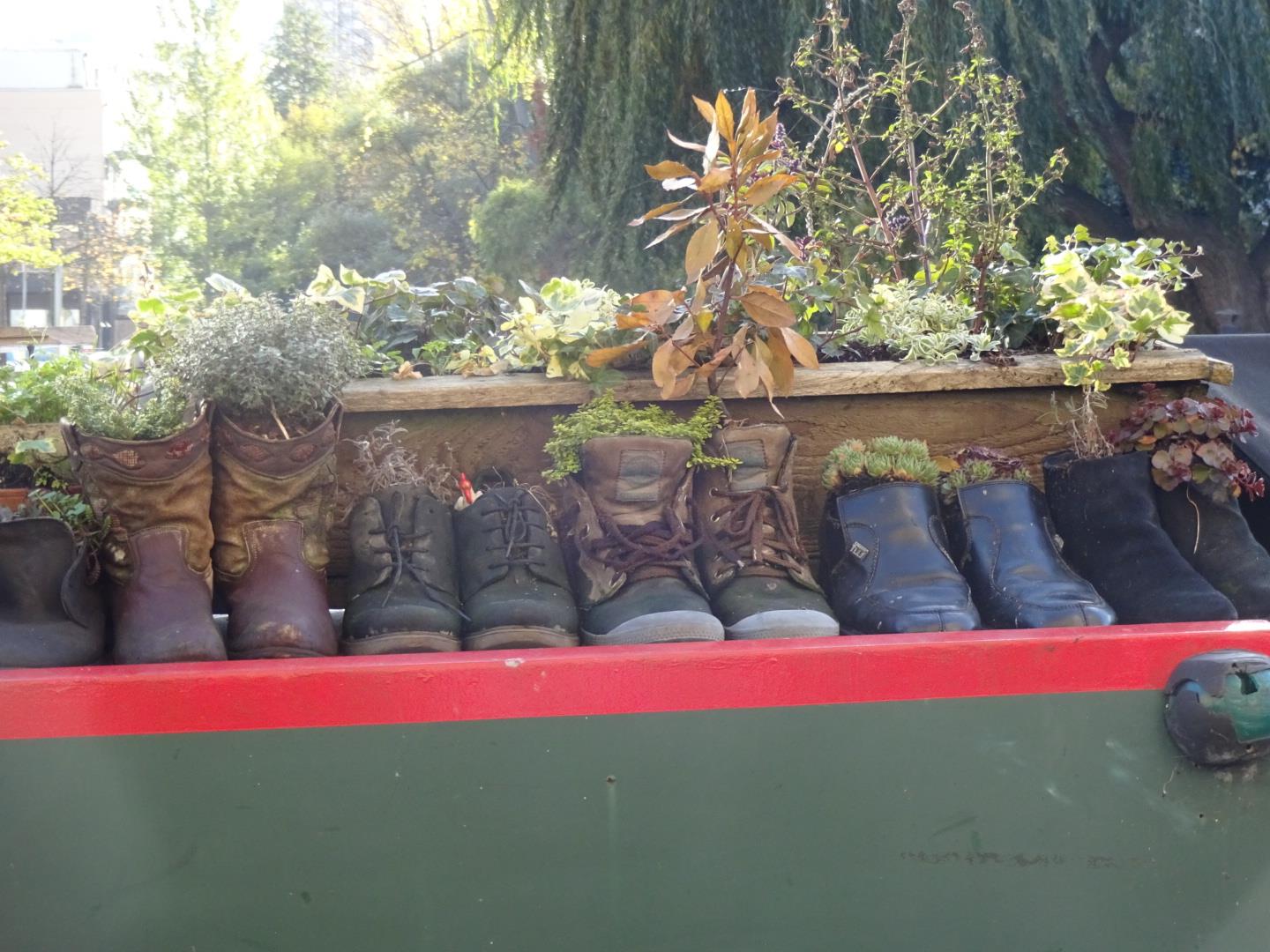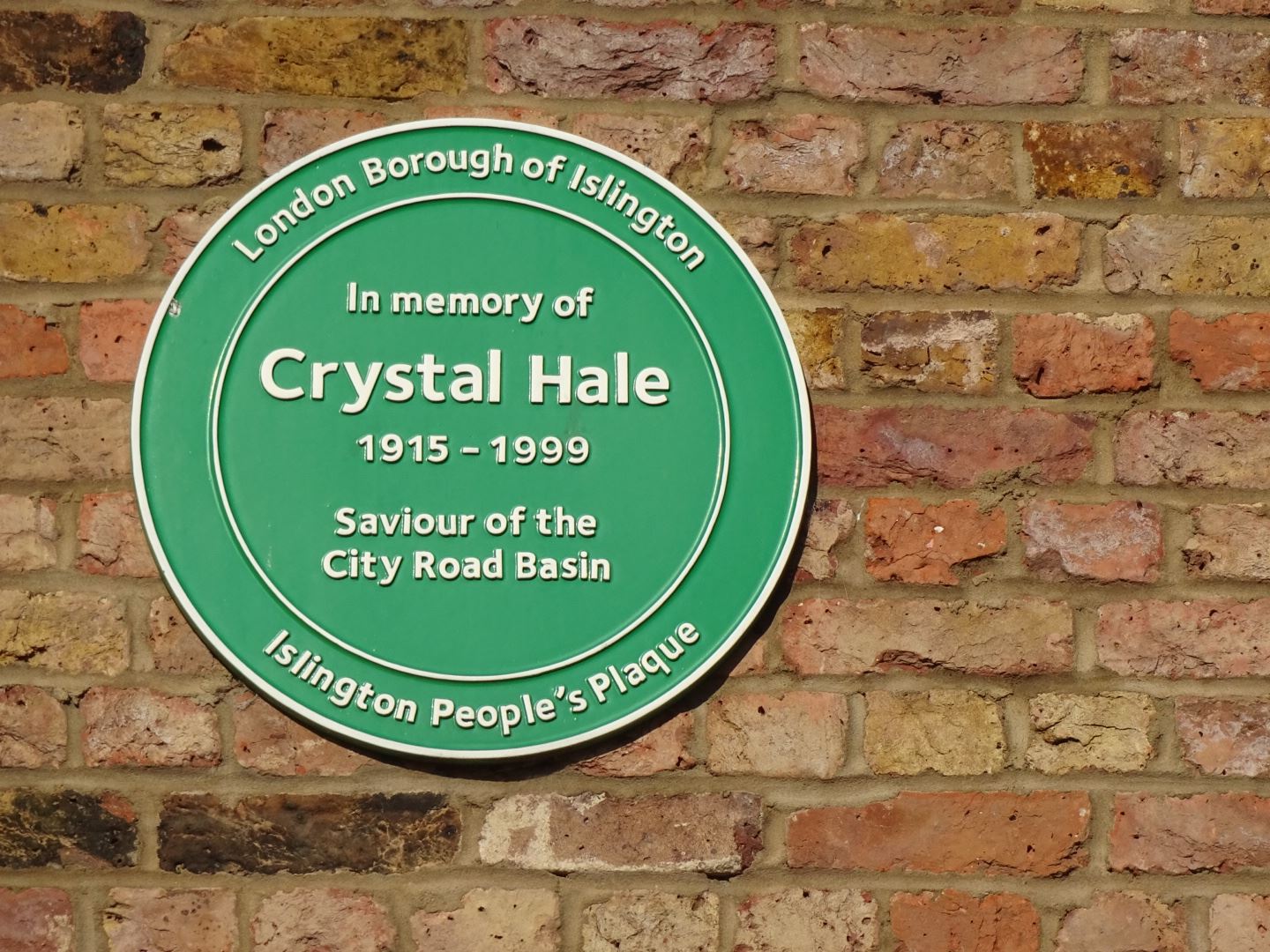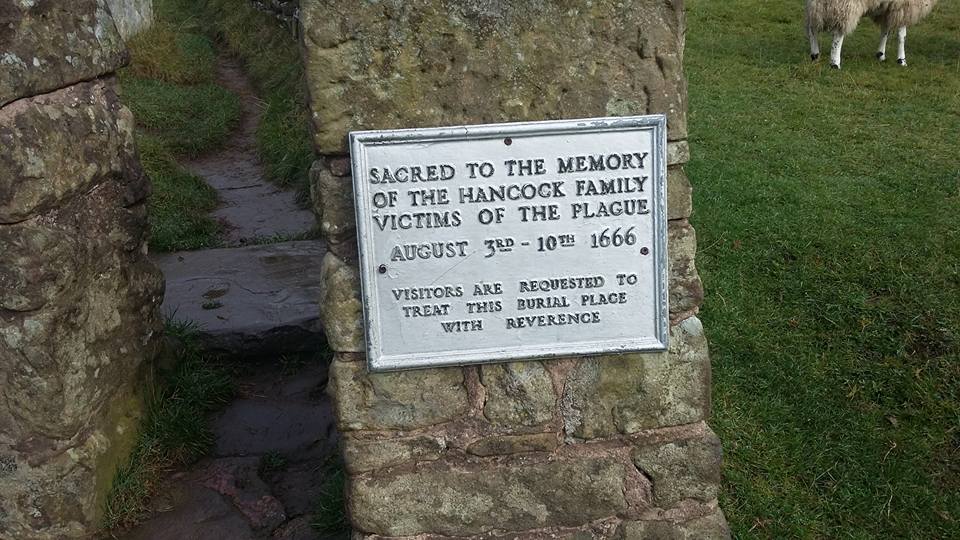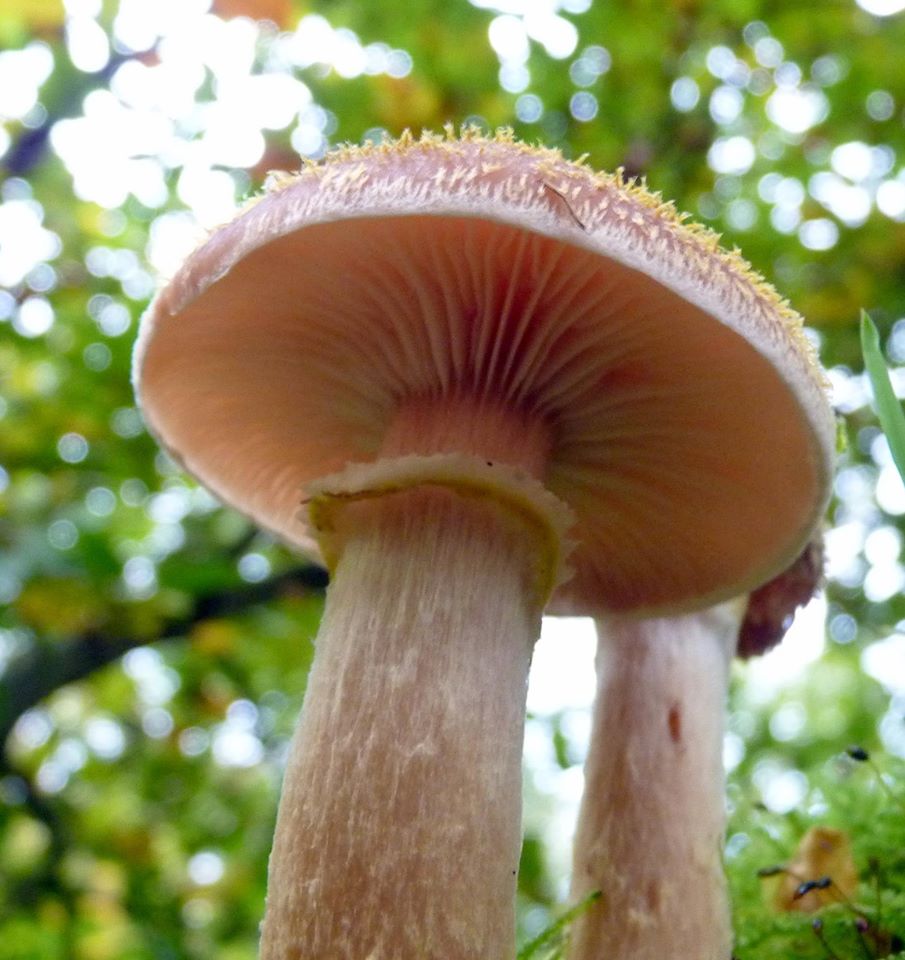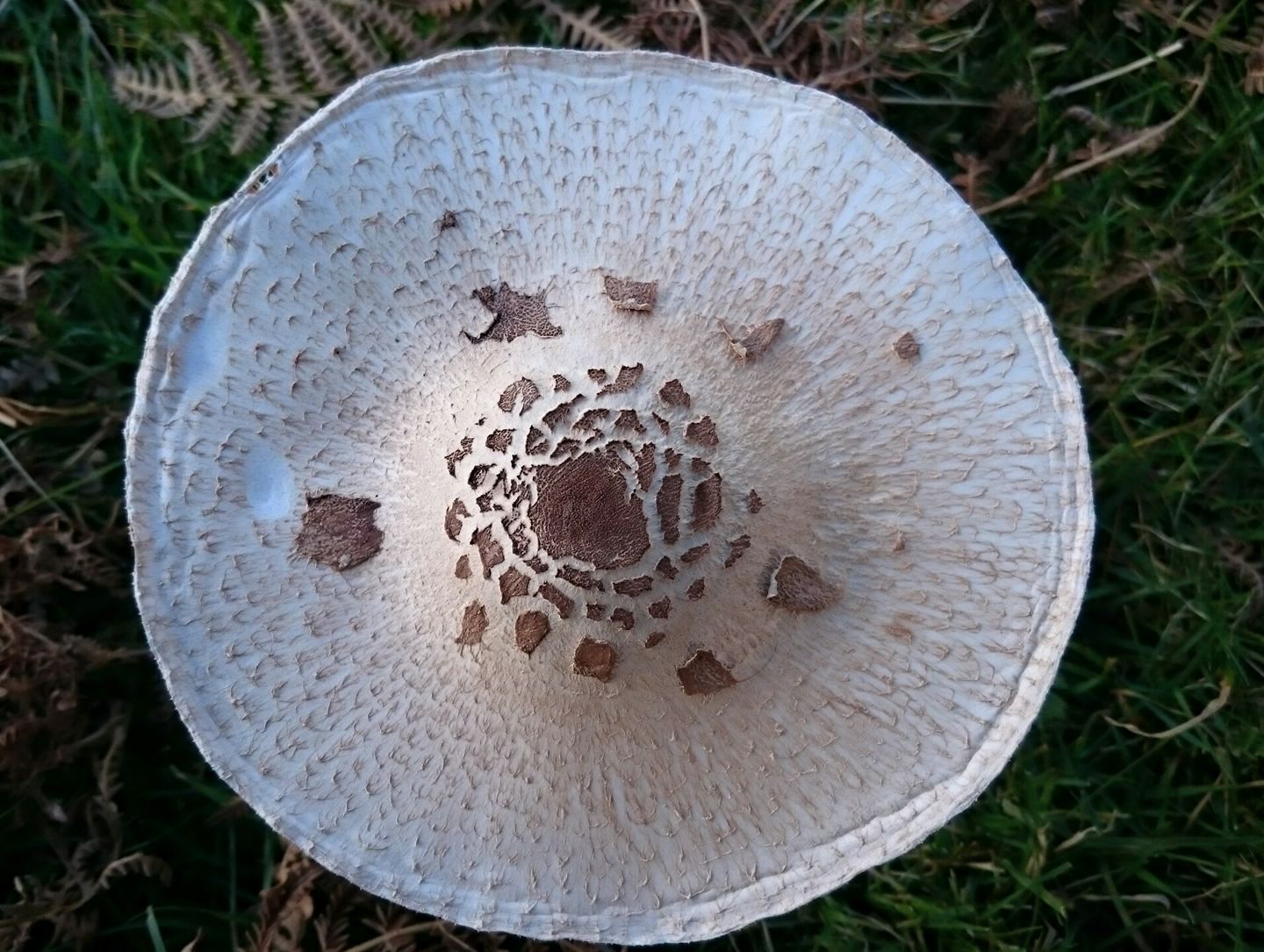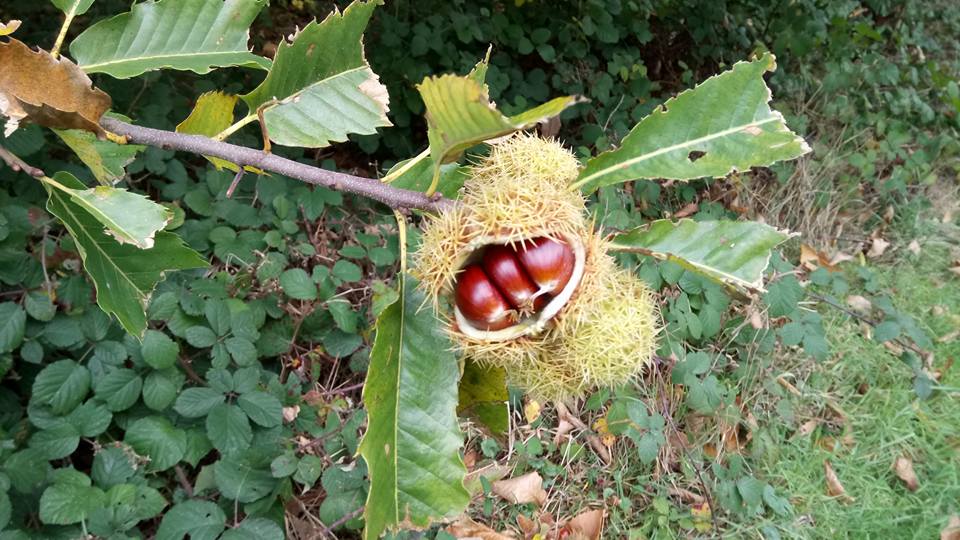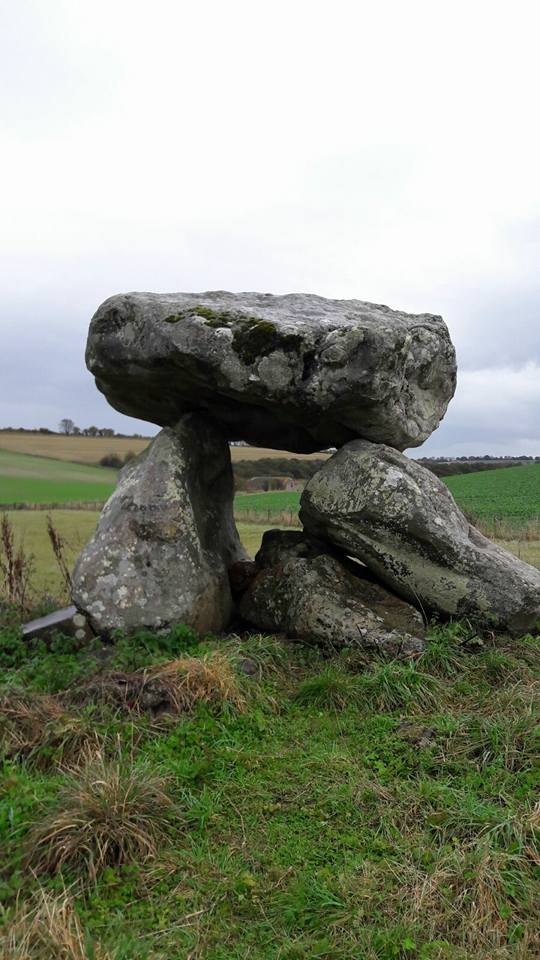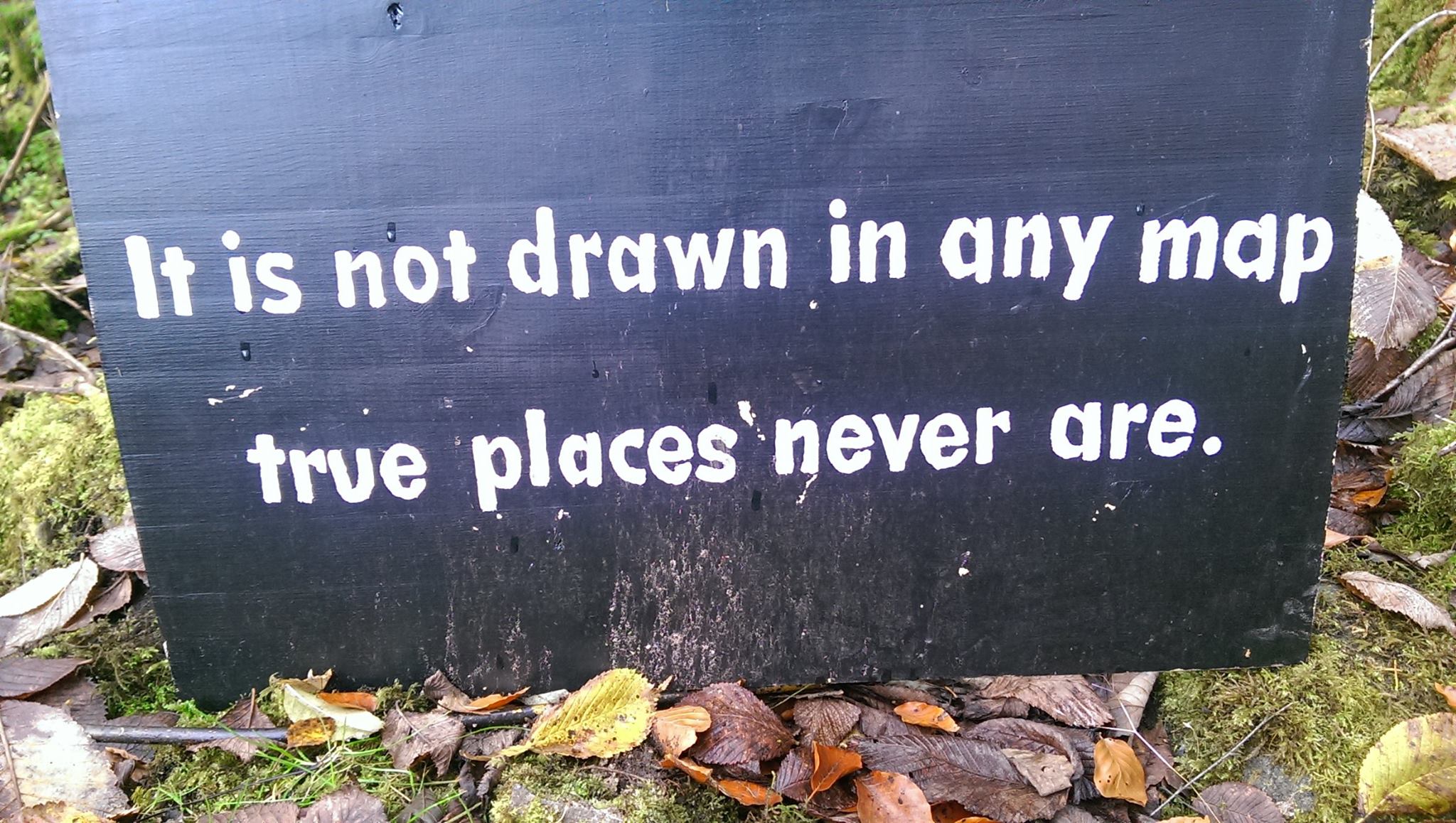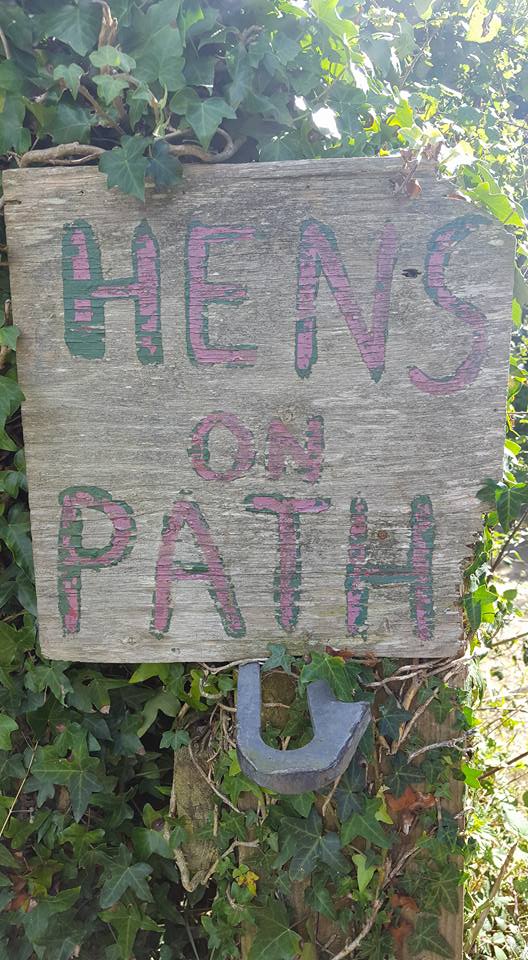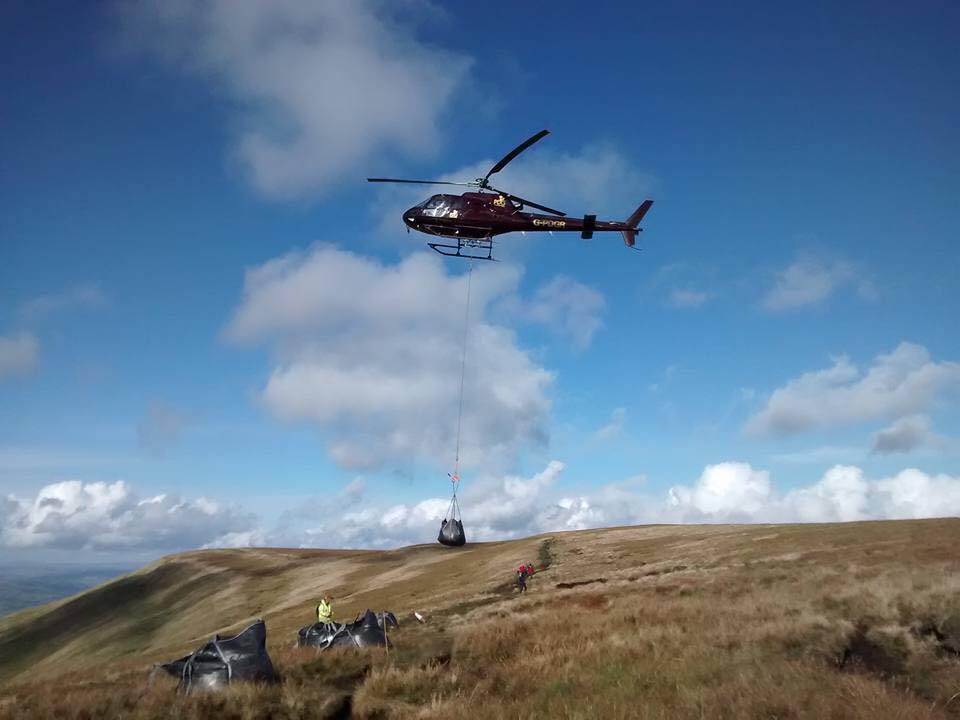It’s not about slogging along with your head down. It’s about seeing as many wonders as you can possibly see…
Get your eye in. That’s the message. Sometimes it’s the little things that really make a walk special – and most importantly, make you want to go out and do another one. The coquettish bird, the tiny fossil, the shy muntjac, the crazy cloudform: often these precious sightings last far longer in the memory than even the loveliest view. You’re in the moment, touching the natural world, and it feels sublime. Here’s how to max your chances of seeing something you’ll never forget…
GO SLOW
Yes we’re keen to ramp up the miles, but that doesn’t mean you have to walk at warp speed. Going at a steady pace is just as beneficial and means you’re far more likely to see something fleeting on a tree branch or glinting on a beach.
…AND STOP!
TV wildlife expert Simon King says stopping is as vital as walking. Look around, breathe, be in the moment: if you’re looking for mindfulness, standing still in the landscape is basically it. Simon also recommends changing your perspective by lying down, climbing a tree or even (if possible) hanging upside down: “You get far more attuned to nature if you’re in an unusual position.”
SWOT UP
Countless books, websites and apps are ready to turn you into an outdoor guru. Great places to start are the RSPB and Woodland Trust websites – they’ll tell you what you might see where, and at what time of year. And there are great apps for identifying birds, birdsong, trees, flowers, rock-types and fungus, most of them free. Before you know it, you’ll know your pipit from your plover, your beech from your birch.
HIT THE HOT SPOTS!
Certain locations around the UK are real treasure troves for particular phenomena. Fancy
a fossil? Try Charmouth in Dorset. Gemstones? Look for jet in the Yorkshire coast north of Whitby. Gold? Try the streams of the Southern Uplands of Scotland (although you’ll have to be very lucky). Farndale in the North York Moors has the UK’s highest concentration of wild daffodils inspring, while in summer, ospreys wheel high above Bassenthwaite in the Lakes. And in the Forest of Dean, you might even spot wild boar!
SHARE!
Whether it’s a flighty redstart or just a funny sign, the Walk1000Miles Facebook group is the place to share it. Found something you can’t identify? You can bet someone in the group will know what it is. And watch the smiley faces multiply when you find something funny…


